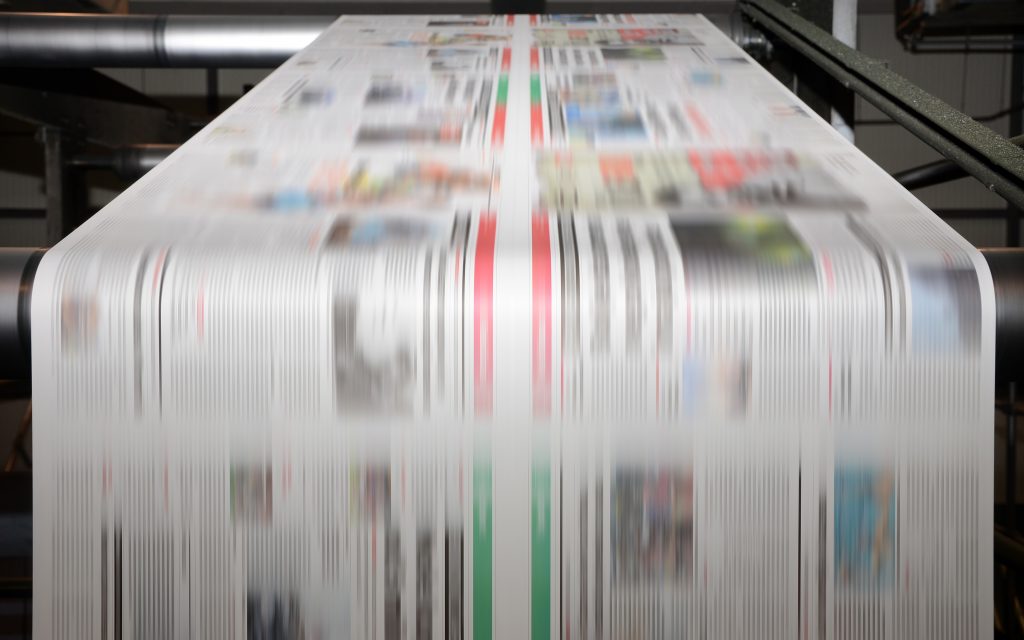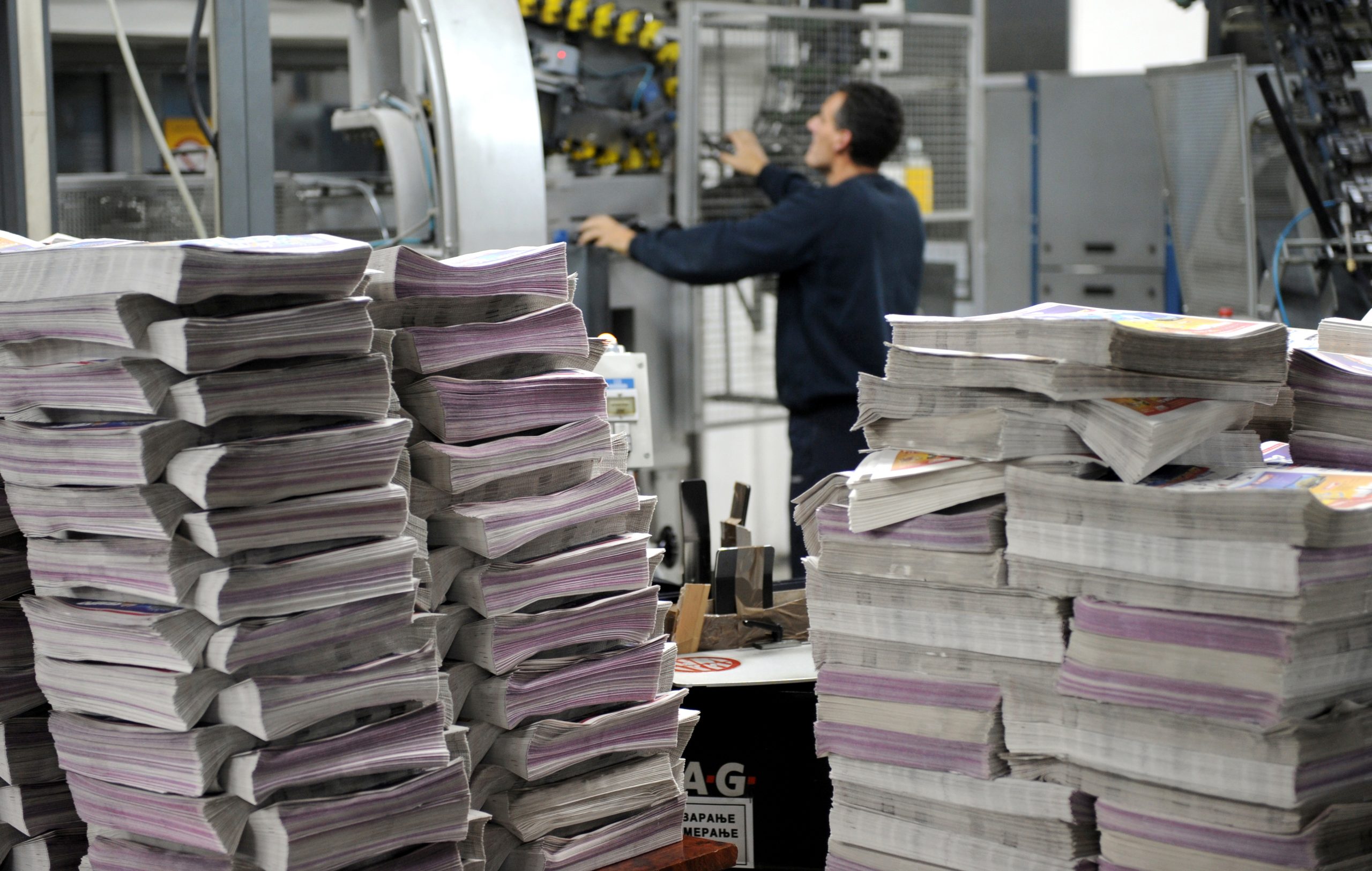Hot stamping is when an applied ink pattern or artwork is transferred to a metal parts surface, typically aluminum. Hot stamping can create raised or recessed designs on metal parts. It is commonly used in the automotive industry for creating decorative trim and emblems.
Using an automatic hot foil stamping machine is a relatively simple and affordable way to create high-quality, long-lasting stamped designs. However, it is crucial to learn how the process works before you get a machine for your business and what types of hot stamping you can use to get the best results.
Types of Hot Stamping
The hot stamping process uses a heated die to apply foil or pigment to a substrate. This process can be used on various materials, including paper, plastic, and metal. Hot foil stampers are often used to create labels, decals, and other decorative elements. Here are the different types of hot stamping:
Hot metal stamping
- The process
Hot metal stamping involves heating the metal to be stamped to a high temperature, usually over 1700 degrees Fahrenheit. The steel is then quenched in the die, resulting in a high-strength, lightweight component.
- How it compares with other hot stamping types
The most significant advantage of hot metal stamping is that it allows for the creation of complex shapes and designs. The process is also relatively fast, and the parts produced are very strong and lightweight.
- Ideal applications
Unlike other stamping methods, hot metal stamping can be used to create very thin, lightweight parts. This method is often used for creating car body panels and other stamped components because it can create pieces with a high strength-to-weight ratio.
Precision metal stamping
- Description of process
Precision metal stamping is a hot stamping process that uses a lower temperature, usually around 1200 degrees Fahrenheit. The metal is not quenched in the die, so the parts produced are not as strong or lightweight as those made with hot metal stamping.
- How it compares with other hot stamping types
Precision metal stamping is quicker because there are fewer material movements between machines. Compared to other hot stamping methods, precision stamping is more accurate and results in less waste because the metal is not quenched in the die.
- Examples of and ideal applications
Precision metal stamping is a good choice for applications that require less strength, such as creating electrical components, or where speed is more important than weight, such as in the automotive industry.
Progressive Metal Stamping
- Description of process
Progressive metal stamping uses multiple dies to create the desired shape. The metal is heated and then quenched in the first die. It is then moved to the next die, where it is heated and quenched again. This process is repeated until the metal has the desired shape, hence the progressive moniker.
- How it compares with other hot stamping types:
Since progressive metal stamping uses multiple dies, it is slower than other hot stamping methods. However, it is more accurate and can create parts with more complex shapes because of the numerous steps involved.
- Examples of and ideal applications
Progressive metal stamping is often used for making small pieces with complex shapes, such as gears or medical components. The process is well suited for creating prototypes or low-volume runs since the multiple steps involved make it more expensive than other hot stamping methods.
Advantages of hot stamping
While hot stamping has some disadvantages, such as being a slower process, there are many advantages to using this method. Hot stamping is a versatile process that can be used on various materials, including paper, plastic, and metal. Here are some other advantages of hot stamping:
Can scale
When you use hot stamping machines, you can quickly scale your production. The process is easily repeatable, so you can produce large numbers of parts without sacrificing quality. The devices are relatively affordable, so you can invest in multiple machines to increase your production capacity.
Lower production cost
Hot stamping is a cost-effective way to produce parts. The process is fast to make more parts in a shorter amount of time. And because hot stamping is a versatile process, you can use it to produce various parts without investing in multiple machines.
The method of hot stamping can be beneficial to your business. The process is a versatile and cost-effective way to create various parts. If you’re in the market for a foil stamping machine, consider SBL Machinery’s products.
SBL Machinery is a leading manufacturer of hot stamping machines. We offer a variety of machines to meet your needs, including rotary and flatbed hot stamping machines. Contact us today to learn more about our products and how we can help you increase your production capacity.



Related Posts
A sneak peek of 2024 DRUPA⼁From background history to current situation, exhibition products, and visitor results at once
Read MoreHot Stamping Machine Installation and Acceptance Guide: 3 Key Considerations for Buyers
Read MoreFolder Gluer Machine Installation and Acceptance Guide: 3 Key Considerations for Buyers
Read More